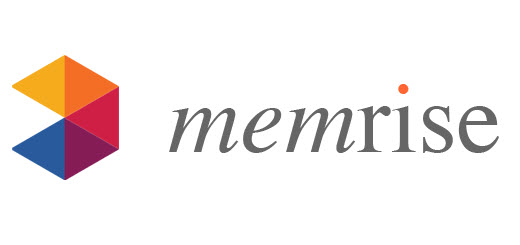When I was a student, I used to have a history teacher who would have me recite facts I had memorized while standing on my head (I learned them upright, but recited them upside down). Now she didn’t think, obviously, that I would someday be required in my life’s course to give the dates of ancient battles with my knees above my shoulders. I can’t even imagine what that scenario might be or how I would find myself in it (guessing a password while suspended over a tank of sharks?).

The thinking behind it was that you didn’t really know something until you could recite it using the half of your brain which was filled with rushing blood and was not engaged in desperately trying to keep you upright. And, silly though it may sound, it worked. What I learned then has stuck with me for the rest of my life. Memorization is an important part of education and any tool that makes it easy, fun, and successful (and also eliminates the need for light gymnastics) is certainly worth any teacher’s attention.
One such tool is the online application Memrise. Memrise is primarily focused on teaching vocabulary to language learners (you can learn vocabulary from dozens of languages, including English), but is likely to expand to other subjects and challenges in the future. For an incredibly detailed guide on how Memrise works, click here.
What Is The Memrise Method?
To understand how Memrise works, you have to think of a garden (it’s really their extended metaphor, so don’t blame me) and how one grows a lush and fruitful garden:
- Plant a seed: Memrise teaches you the word for the first time and implants(!) it in your short-term memory.
- Tend the plant: They test you again and again to reinforce and consolidate in your short-term memory what you have learned.
- Harvest the plant: Four hours after completing the initial learning phase, Memrise will give you a test to ensure that what you have learned is transferred into your long-term memory.
- Water the plant: Periodically Memrise will send you reminders to encourage you to revisit what you have already learned and refresh your knowledge.
This system has been designed to move as far away as possible from simple “cramming” and rote memorization. It is instead intended to create long-term retention and contextual understanding of vocabulary.
What’s In A Course?
Take a look at the below to get an idea of how they teach:


So what are you looking at? For each word there is a definition, part of speech, and pronunciation sample. In addition, there are mnemonics to aid memorization, samples of the word in use, etymologies, and other tools to help you memorize the pronunciation of the word. Although most of these are text, these “mems”, as they call them, can also include images or videos that reinforce the content and can help students who might have different learning styles (audio, visual, etc.) to absorb the material. To see a gallery of some creative mems, take a look at these recent additions.
A neat feature that you can see here is community voting. If you like a definition or example or mnemonic, you can vote for it. The most useful methods then become the most prominent and students are automatically directed to the mems that work.
Who Makes The Courses?
The community. Memrise works as a Wiki, with most of the site freely editable. Anyone who wants to can add words, edit courses, and make mems. You can even create your own courses, if there is a vocabulary list you would like to teach and share with your students or users around the world. Not all of the courses, though, are made by the everyday user. Some, like these wallcharts from The Guardian, are made by larger groups with broader resources.
How Can I Use It In My Classroom?

For those of you who are ESL teachers, you can begin introducing your students to vocabulary with tools that will help them to understand the word without having to resort to their native language (ex. a picture of a frog, rather than the the Japanese word for “frog”). If you are teaching SAT-level vocabulary, you can add context to the meaning of the word, so vocabulary that might not be encountered frequently can still be understood and examples readily recalled by the student. And those are only two “niche” fields. Memrise can readily be applied to any number of different subjects and fields.
Have any mnemonics that work for you? Feel free to share them in the comments section below…

Nice article. I’m hoping to collate ideas about how people are using it in the classroom through the comments at the bottom of my blog post here. http://www.freetechforschools.com/2013/03/memrise-great-website-for-learning.html
This article is very interesting. I wonder how it will affect the future of learning methods.
I can definitely see the potential of this website. Excellent for any content area! Thanks for sharing.